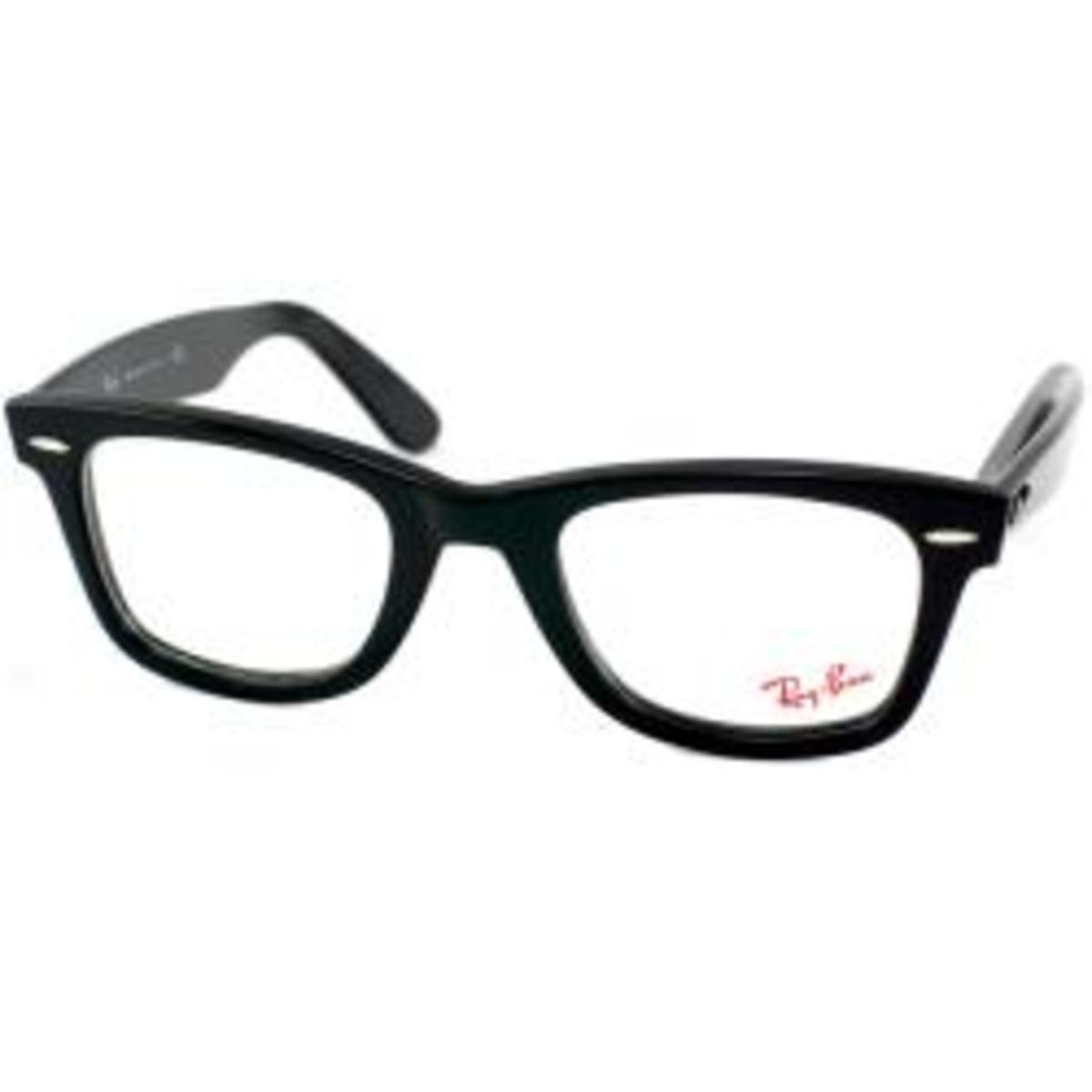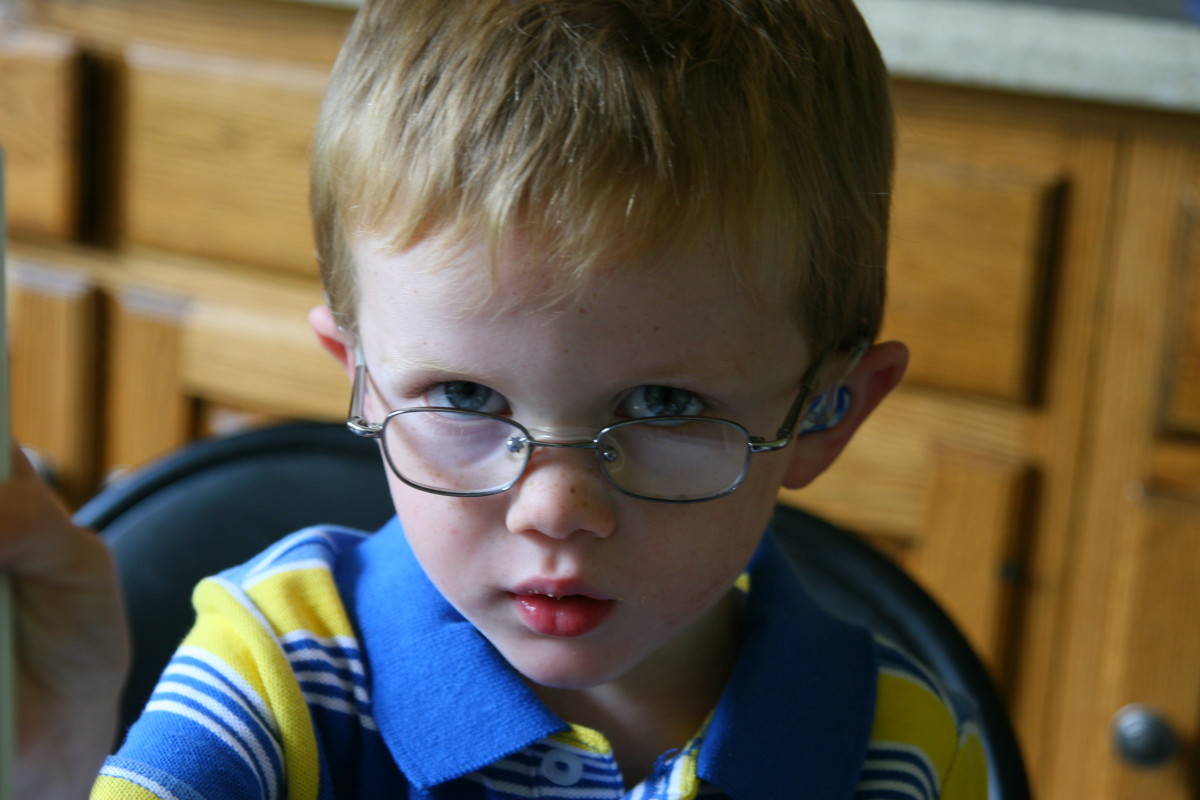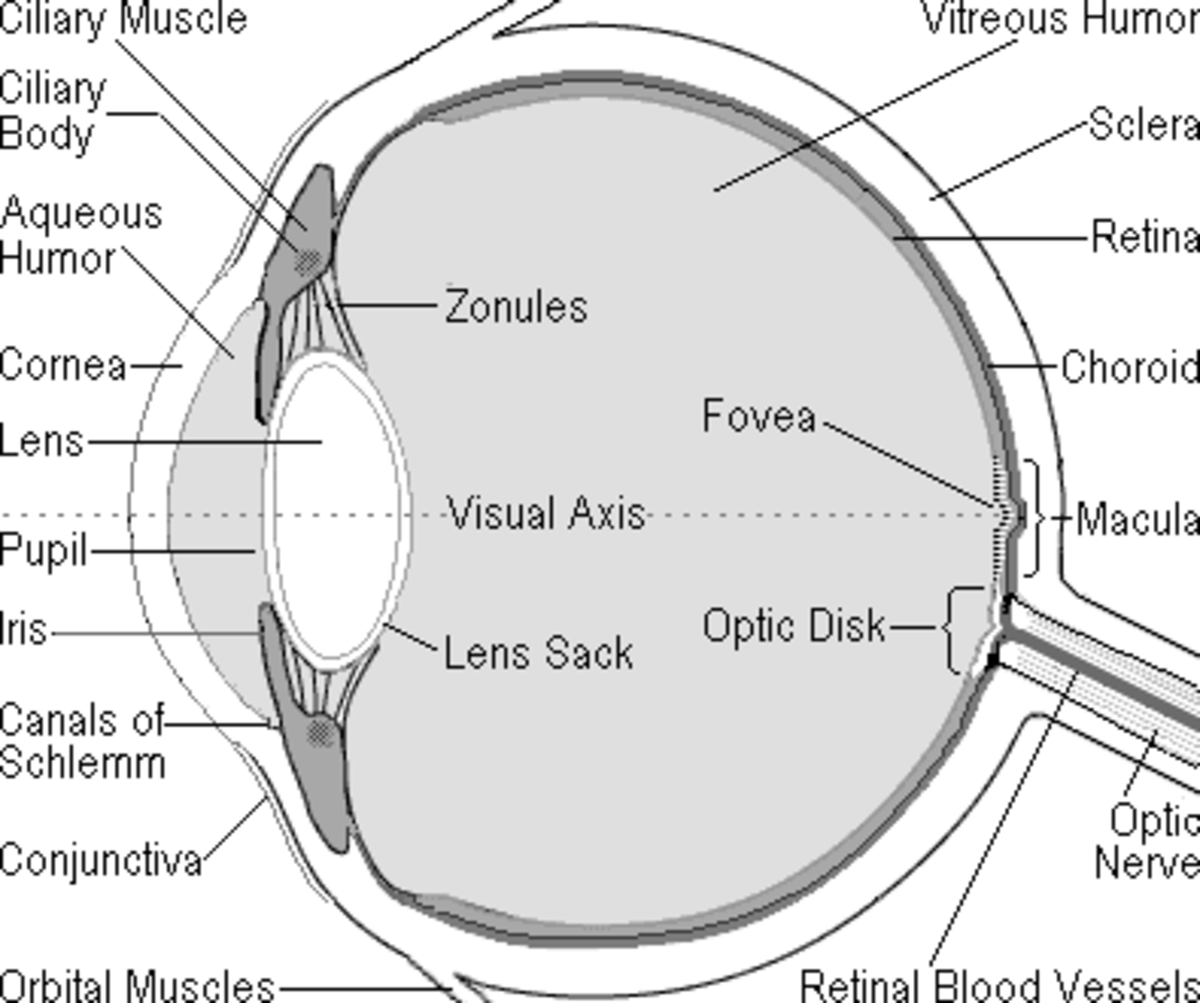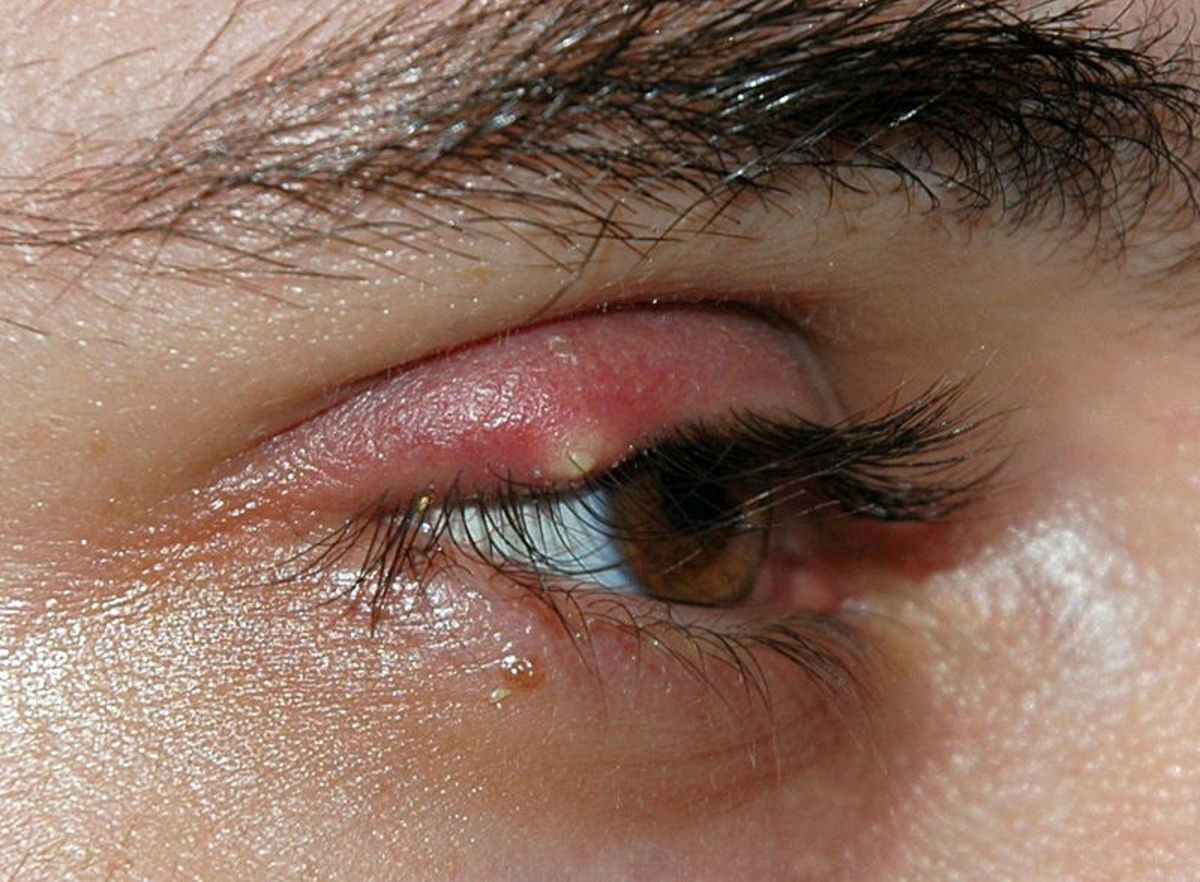Signs Your Child Needs Glasses
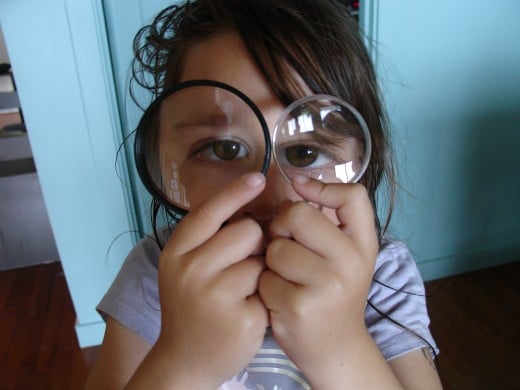
Is your child complaining of headaches, blurry vision or rubbing his eyes a lot? As a parent, there are many symptoms you need to be aware of concerning your child's vision. If you notice any of the signs below, it would be a good idea to have your child's eyes checked by an optometrist or ophthalmologist.
Popular Eyeglasses for Kids
- Disney
- Nickelodeon
- iCarly
- Roxy
- Nike
- Lilly Pulitzer
- Converse
- Scooby Doo
- Ray Ban
How to Tell if Your Child Needs Glasses
Make sure your child participates in the vision screening at school. Basic vision checks are also normally performed at a child's annual wellness visit at the pediatrician. Both of these are good baseline tests to alert parents to potential vision issues. In addition, parents and teachers are most likely to suspect a child needs to have his vision checked by watching for these symptoms:
- Headaches
- Blurry vision
- Squinting
- Rubbing eyes
- Sitting too close to the TV
- Losing place while reading
- Covering one eye
- Excessive tearing
What is the Difference Between an Ophthalmologist and an Optometrist?
Both of these specialist treat eyes, but what is the difference? An optometrist is the primary care physician for anything eye related. They are primarily trained to fit eye glasses and contact lenses but can also detect common eye issues. An ophthalmologist is a medical doctor who has a specialty in the study of eyes. They can treat eye diseases and perform surgeries. So which one do you need to take your child too? Start with the optometrist. If he detects anything more than normal vision refraction problems, then go to a pediatric opthalmologist for further care.
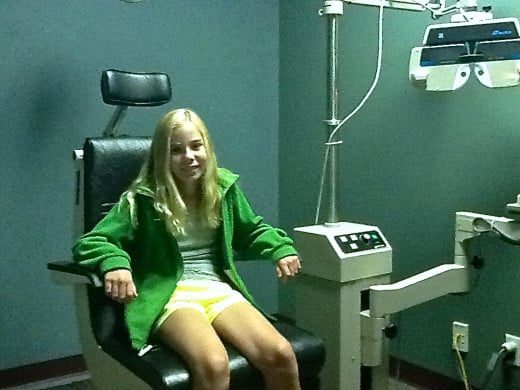
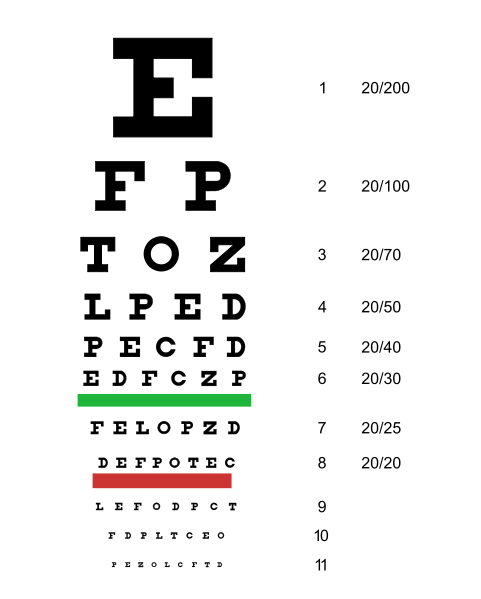
Nearsightedness or Farsightedness
Your child's visit to the eye doctor may determine he or she is either nearsighted or farsighted. Nearsighted or myopia means that you have difficulty seeing objects from a distance. Farsighted or hyperopia means you have trouble seeing things up close. If you think of each base word meaning the opposite of its definition, it is easy to remember. Example, far means you can't see up close. Near means you can't see far away.
If your child is farsighted, she will likely only need to wear glasses for reading and desk work. Nearsightedness may require glasses to be worn all the time. Of course, this is dependent upon your doctor's assessment and diagnosis. In childhood, sometimes vision problems can correct themselves by wearing corrective lenses for a period of time.
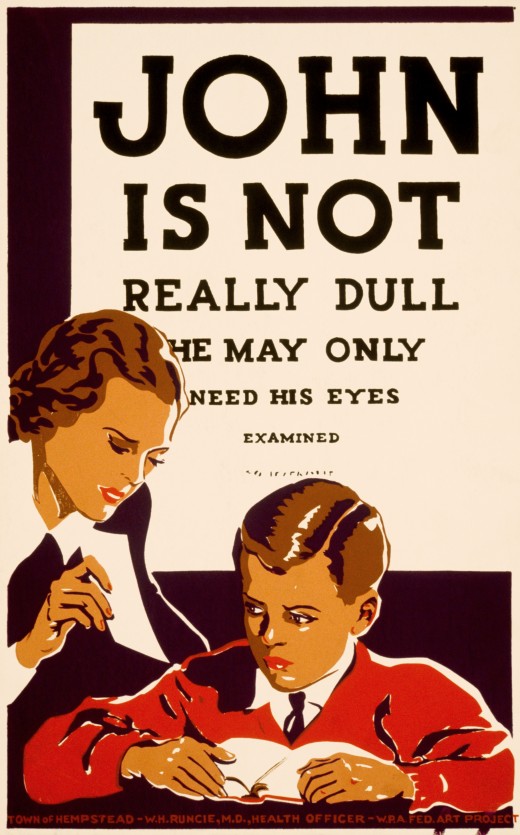
Vision Problems can Resemble Learning Difficulties
Sometimes a child may not tell you he or she is having difficulty in seeing because they do not know any different than what they see. With 80 percent of all learning taking place visually, a child's vision is crucial to his learning. According to the American Optometric Association, sometimes undiagnosed vision problems can be mistaken for learning difficulties such as Attention Deficit Hyperactivity Disorder, commonly know as ADHD. If a child is having problems seeing his schoolwork, it makes sense that he may be more fidgety and distracted. If your student is easily distracted and having trouble focusing at school, it may be a good idea to have her vision checked before jumping to other conclusions.

Make Getting Glasses a Fun Experience
If the vision exam determines your child needs corrective lenses, he or he may feel nervous and self conscious about getting glasses. My nine year-old daughter is farsighted and thought she would be viewed as a nerd by her peers. It was a good opportunity for us to discuss how a person's appearance does not define who they are or their personality.
When it is time to shop for glasses, make a fun afternoon out of it. Go to several stores and let your son or daughter try on whatever style they like just as long as it is the proper fit and is in your budget. Encourage them to make silly faces and serious faces in when they try them on, just to lighten it up a bit. Your child will take their cues on the whole experience from you.
Helpful Hints When Buying Children's Glasses
- Do comparison shopping and watch for sales. Lenscrafters, Walmart and Pearle Vision frequently offer sales.
- Optometrists are usually the most expensive retailer of glasses, but they may give you the best fit.
- Pay the extra charge for the scratch proof coating on the lenses. This will pay off in the long run.
- Make sure your child has a hard case to store the glasses.
- Determine what amount your vision insurance will cover.
- If you have a flex spending account, most eye glasses can be reimbursed.
- Discuss with your child your expectations for when the glasses need to be worn.
- Make sure your child's teacher is aware that your child needs to wear glasses.
When Should Kids Wear Contact Lenses?
How old do you think children need to be to wear contact lenses?
Age Guidelines for Vision Checks
Age
| Pediatrician
| School Vision Check
| Optometrist
| Pediatric Opthalmologist
|
|---|---|---|---|---|
newborn
| x
| |||
six months
| x
| |||
twelve months
| x
| |||
preschool (annually)
| x
| x
| ||
school age (annually)
| x
| |||
suspected vision problems
| x
| x
| ||
advanced eye issues, diseases
| x
| |||
corrective lenses (annually)
| x
|
Resources
American Optometric Association: http://www.aoa.org
American Association for Pediatric Ophthalmology and Strabismus:http://www.aapos.com
American Academy of Pediatrics: http://www.aap.org
American Academy of Opthalmology: http://www.geteyesmart.org/eyesmart/living/children.cfm


